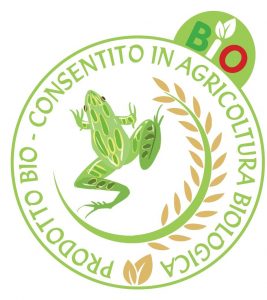- Via Santhià, 5 - 13040 Carisio (VC)
- 0161 97 28 23
- lucaviano68
- info@lucaviano.it
Fluid blood


Liquid hemoglobin for agricultural use.
Blood
Reddish coloured liquid
| Solubility | 100 % | Protein | 34 % |
| Organic nitrogen % as sampled | 5,00 % | Calcium | 0,01 % |
| HUmidity max | 65 % | Sodium | 0,4 % |
| Ashed max | 1,2 % | Potassium | 0,4 % |
| pH | 7 – 10 | Phosphorus | 0,06 % |
| Organic Carbon | 19 % | Iron | 0,09 % |
| Magnesium | 0,01 % | Ratio C/N | 3,8 |
| Alanine | 3,00 | Leucine | 4,70 |
| Arginine | 1,30 | Lysine | 3,00 |
| Aspartic Acid | 3,70 | Methionine | 0,60 |
| Glutamic Acid | 2,70 | Proline | 1,30 |
| Cisteina | 0,2 | Serine | 1,90 |
| Fenilalanina | 2,60 | Tyrosine | 0,90 |
| Gysteine | 1,50 | Threonine | 1,70 |
| Hydroxyproline | 0 | Ttyptophan | 0,60 |
| Isoleucine | 0,10 | Valine | 3,30 |
| Histidine | 2,30 |
© Copyright 2020 – It is forbidden the total or partial reproduction of this site or content without permission.The products and the brands exposed are the property of the respective owners.